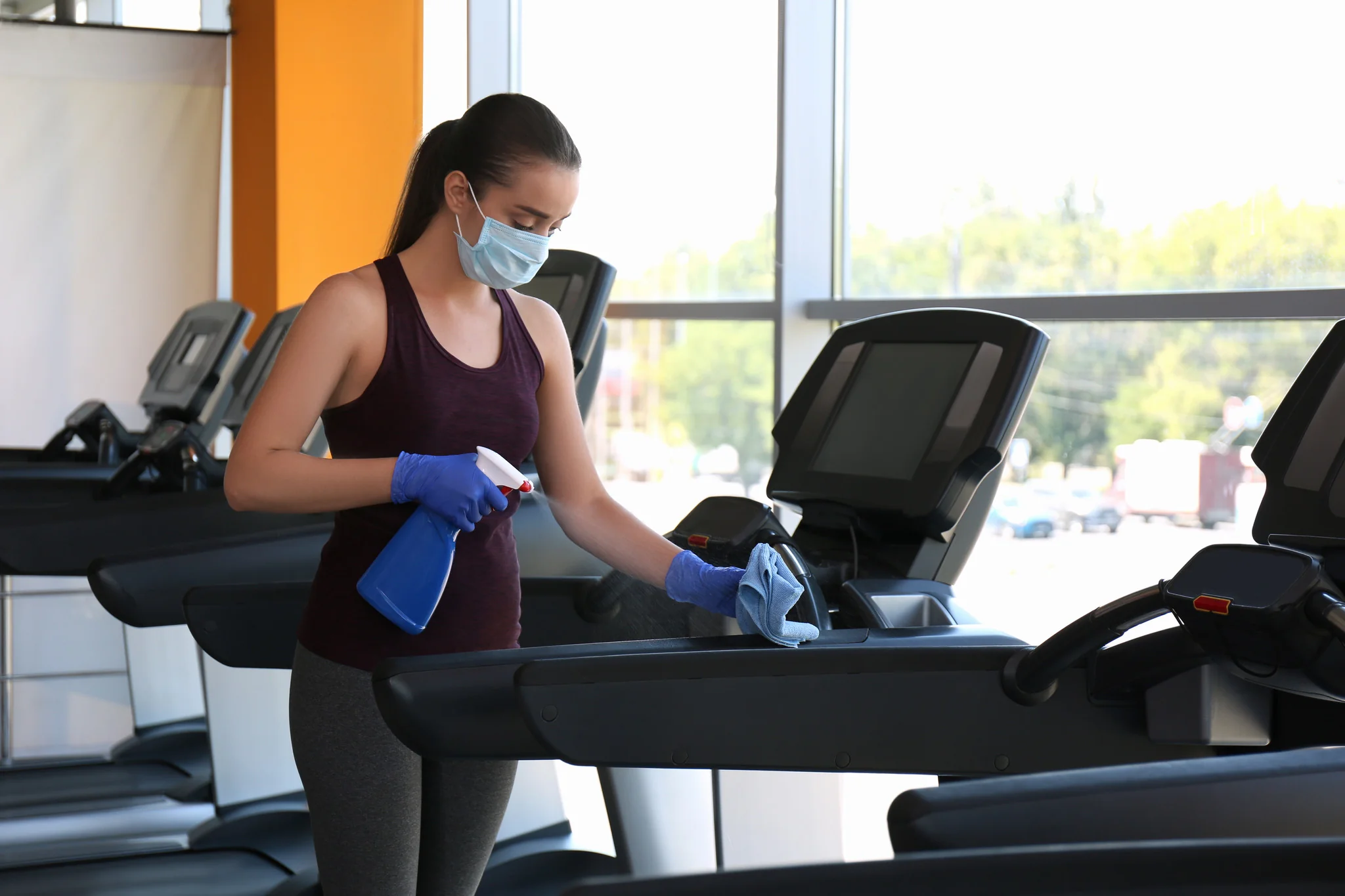Equipping a fitness center or commercial gym requires a significant investment, and the quality of the equipment directly impacts client satisfaction, safety, and operational longevity. Selecting the right inventory of commercial gym machines is a crucial decision that goes beyond aesthetic appeal.
It demands a careful balancing of budget constraints, user needs, and the specific durability required for high-traffic environments.
A thoughtful assessment of several key factors ensures that the machinery supports the facility’s business goals and provides an optimal experience for every member.
Durability and Build Quality
The lifespan of a gym machine in a commercial setting is dictated by its durability. Unlike home-use equipment, commercial gym machines must withstand continuous, heavy usage by multiple individuals daily.
Focus on frame construction (heavy-gauge steel is ideal), component quality (such as cables, pulleys, and upholstery), and warranty terms.
Poorly built machines lead to frequent breakdowns, high maintenance costs, and significant downtime, which frustrates members and affects revenue. Always prioritize robust engineering designed for a heavy-duty cycle.
Ergonomics and User Experience
Equipment must be comfortable, intuitive, and effective for a wide range of users, from novices to seasoned athletes.
Evaluate the machine’s ergonomics: look for smooth movement patterns, easy-to-read and intuitive consoles, and adjustable settings that accommodate different body types and fitness levels.
Poor ergonomics can lead to improper form, increasing the risk of injury. The user experience—how easily a member can get on, use, and adjust the machine—is paramount for retention.
Maintenance Requirements and Service Support
The true cost of ownership extends far beyond the purchase price. Before committing to commercial gym machines, research the manufacturer’s reputation for maintenance and parts availability. Choose equipment that is known for being reliable and easy to service.
Inquire about the vendor’s local service network, response times, and the cost of routine maintenance contracts. Minimal downtime is essential, so quick access to reliable technical support and readily available spare parts is non-negotiable.
Space, Layout, and Footprint Efficiency
Effective gym layout is vital for safety and traffic flow. Carefully measure your facility’s square footage and map out the desired zone arrangement (e.g., cardio, strength, functional training). Consider the footprint of each machine, including the required clearance area for safe operation and egress.
Opting for multi-functional commercial gym machines or selecting models with a vertical design can maximize space efficiency, allowing you to offer a greater variety of equipment without overcrowding the floor.
Technological Features and Connectivity
Modern gym members expect connectivity and data tracking. Evaluate the technological capabilities of cardio and strength machines, including their display features, pre-set workout programs, and integration with fitness tracking apps.
High-tech consoles that offer entertainment, virtual training routes, and personalized data logging enhance member engagement and justify higher membership fees. Ensure the technology is reliable and simple for staff to update and troubleshoot.
Warranty and Total Cost of Ownership (TCO)
The warranty reflects the manufacturer’s confidence in their product. Look for separate, extensive warranties covering the frame, parts, and labor, particularly for high-wear items.
Calculate the Total Cost of Ownership (TCO) by combining the initial purchase price, financing costs, expected maintenance expenses over five years, and the estimated lifespan of the machine. Choosing a slightly more expensive machine with a superior TCO will save substantial money in the long run.

